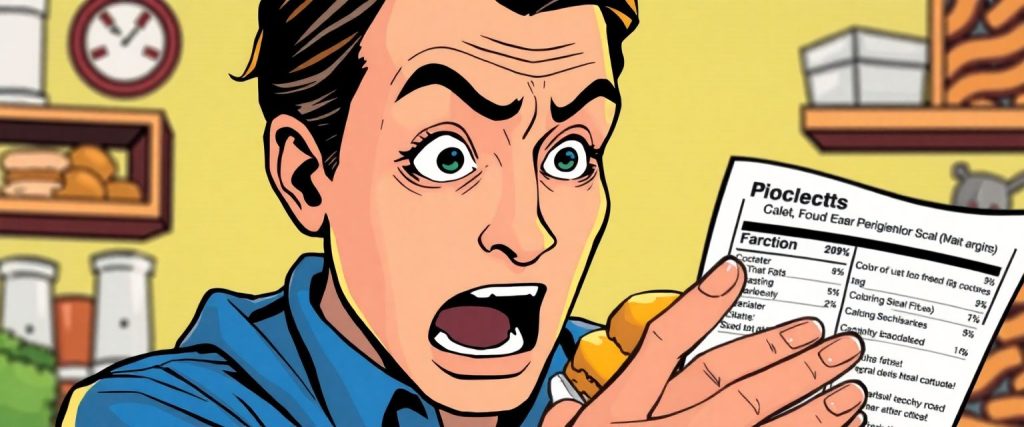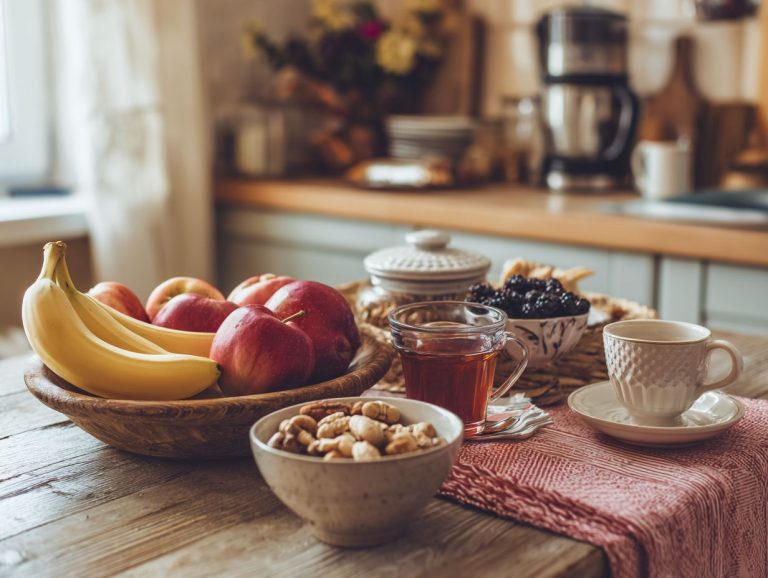How to Read a Nutrition Label Like a Boss (FAST!)
Let’s be real—nutrition labels can feel like they were designed to confuse you. You pick up a snack, flip it over, and BAM—numbers, percentages, and words like “daily value” and “serving size” come at you like a pop quiz you weren’t ready for.

But guess what? You don’t need a Ph.D. in food science to decode these things. I’m here to break it down in the simplest, funniest, and fastest way possible. Because let’s be honest, you’re probably standing in the grocery aisle right now, squinting at that label, wondering if this granola bar is actually “healthy” or just a sugar bomb in disguise.
Step 1: Ignore the Front of the Package
Yep, that big, colorful, “ALL NATURAL” and “LOW FAT” text is basically food marketing’s version of clickbait. It’s designed to make you think you’re making a good choice. But the truth? The real tea is on the back.
Step 2: Start with the Serving Size (a.k.a. The Trickery Zone)
This is where the food companies get sneaky. Ever grab a bag of chips thinking, “Oh, only 150 calories!”—only to realize that’s for five chips? Yeah. Always check how many servings are in the package and adjust your expectations accordingly.
Step 3: Calories – Energy Check
Calories are simply a measure of how much energy you’re about to put into your body. The key? Context. A 500-calorie meal might be great, but a 500-calorie “snack” might be a bit aggressive.
Step 4: The Sneaky Sugar & Fiber Battle
This is where we separate the impostors from the real deal.
- Sugar: If it has more grams of sugar than fiber, it’s probably a sugar trap. (Lookin’ at you, “healthy” fruit snacks.)
- Fiber: The more, the better. It keeps you full and happy. Aim for at least 3-5g per serving in breads, cereals, and snacks.
Step 5: Fats – The Good, The Bad, and the Overly Dramatic
- Trans fats = BAD. If you see “partially hydrogenated oils,” drop it and run.
- Saturated fats = Meh, in moderation.
- Unsaturated fats = The good guys! Found in nuts, avocados, and olive oil.
Step 6: Protein – The MVP of Fullness
More protein = staying fuller, longer. If it’s got a solid protein count (think 10g+), it’s doing some work for you.
Step 7: Sodium – The Hidden Villain
Processed foods LOVE to sneak in sodium. If it’s over 500mg per serving, your heart is side-eyeing you.
Final Rule: Keep It Simple
The shorter the ingredient list, the better. If you need a chemistry degree to pronounce something, you probably don’t want to eat it every day.
Watch This: “How to Read a Nutrition Label Like a Boss (FAST!)”
In this video, I’ll show you exactly how to scan a food label in under 10 seconds and make smart, boss-level choices—without the confusion.
Hit play, and let’s turn you into a nutrition label ninja.




